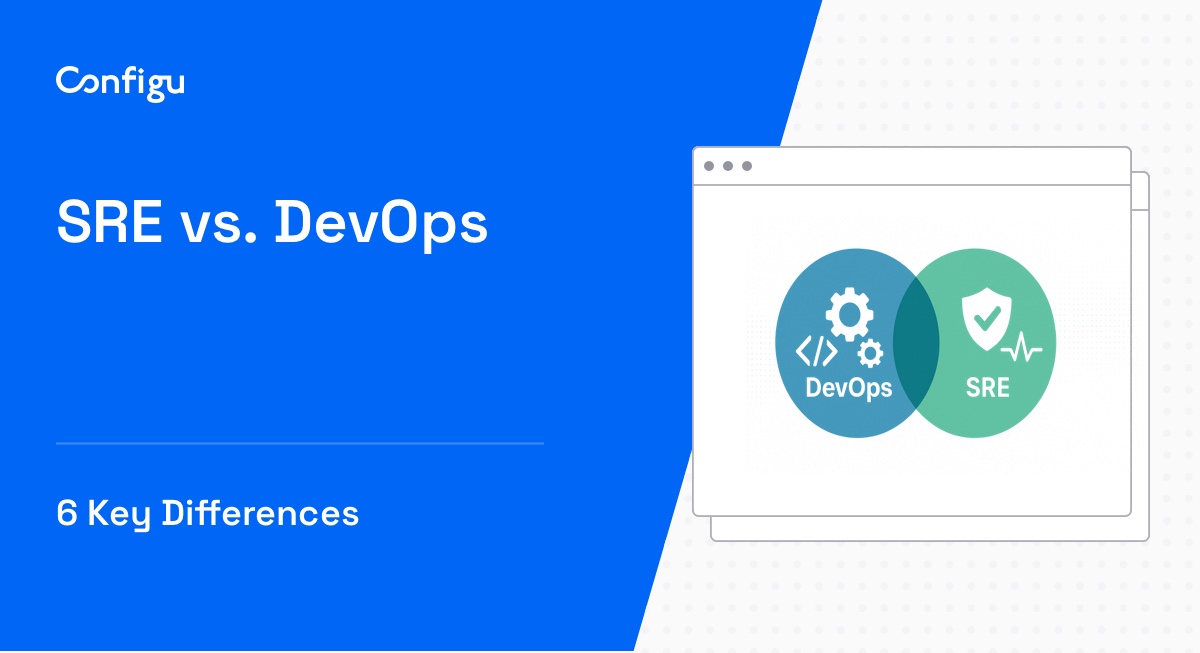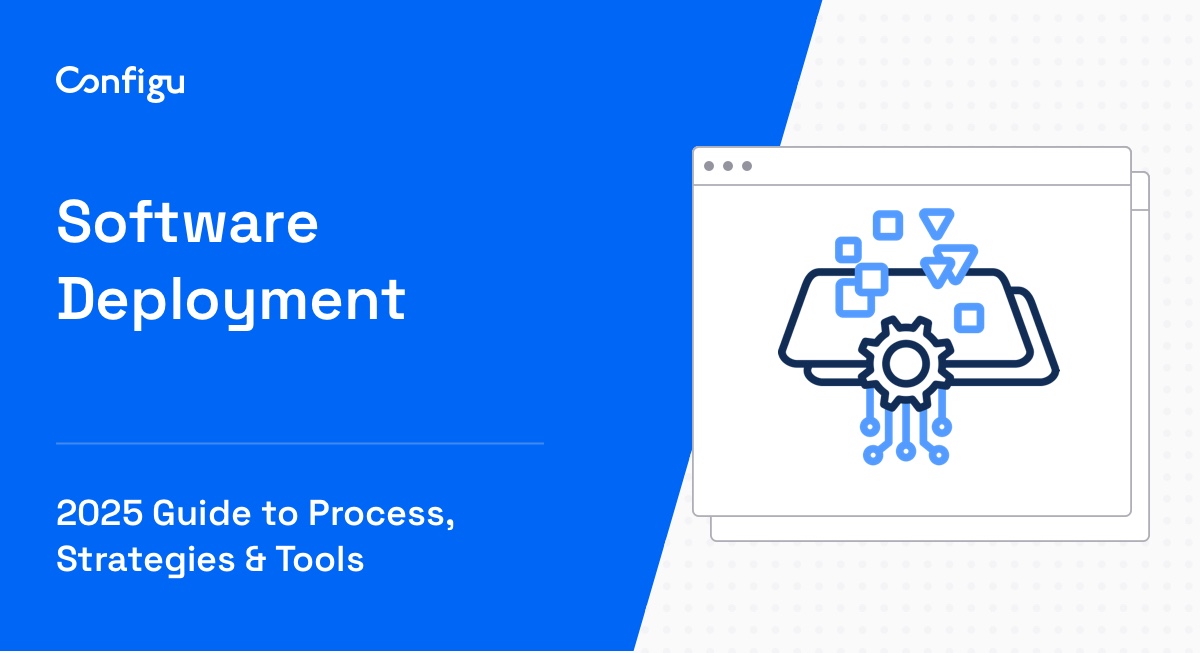What Is a Test Environment?
A test environment is a setup of software and hardware on which the testing team assesses an application or system during and after its development. It is designed to mimic the production environment closely but is specifically configured for testing purposes. This ensures that the application can be tested in conditions that are as close as possible to what end-users will experience, which is crucial for identifying and correcting issues.
This environment includes all the necessary elements to run the application, such as hardware specifications, software, databases, network configurations, and any other required services. Its primary purpose is to simulate real-world conditions, allowing testers to identify and fix issues before the software is released to end-users.
Creating a dedicated test environment allows developers and testers to verify functionality, performance, and security of the application in a controlled setting. This isolation from the production environment protects live systems from unintended impacts and enables thorough testing without disrupting ongoing operations.
This is part of a series of articles about environment variables
In this article:
The Importance of Test Environments
A well-configured test environment directly impacts the quality, reliability, and stability of the software product. It enables teams to conduct tests that would be risky or impossible in a live environment, such as stress testing or exploring security vulnerabilities. By providing a safe space for these activities, organizations can ensure that their software meets the highest standards of quality before it reaches the public.
Test environments allow for continuous testing and integration, facilitating agile development practices. They enable teams to quickly identify defects and assess the impact of changes, fostering a culture of continuous improvement. This accelerates the development process and reduces the cost and effort required to fix issues after release.
7 Types of Testing Environments
Testing environments can be split into different categories based on the types of testing they support. Note that these are ideal types—in reality, most testing environments support more than one of these types of testing.
1. Integration Testing Environment
An integration testing environment is specifically set up for testing the interfaces and interaction between different components of a software system. This environment is useful for identifying issues that might not be apparent during unit testing, such as data format mismatches, interface inconsistencies, and dependency problems.
Integration testing ensures that combined parts of an application work together smoothly, providing a seamless experience for the user. This environment often requires a complex setup that mirrors the production environment’s infrastructure to accurately evaluate the system’s behavior including its integrated components.
2. System Integration Testing Environment
System Integration Testing (SIT) involves verifying the complete and integrated software system to ensure it meets specified requirements. This environment extends beyond integration testing by evaluating the system’s overall behavior and interaction with external systems. It ensures that all system components, including software, hardware, and third-party services, work together as intended.
SIT is particularly important in complex systems where different technologies and platforms need to seamlessly interact. This testing phase helps identify issues related to system configuration, external dependencies, and cross-system interactions, ensuring a smooth and coherent operation of the entire ecosystem before deployment.
3. User Acceptance Testing Environment
User Acceptance Testing (UAT) is conducted in an environment that closely replicates the production setting to validate the software with the end-user’s perspective in mind. It focuses on ensuring that the application meets the business requirements and is ready for real-world use.
UAT is typically the final step before the software release, providing a critical validation of its functionality, usability, and performance from the user’s standpoint. This environment often involves actual users or stakeholders who perform tasks and scenarios that the software is expected to support in the production environment. UAT helps in capturing feedback on user experience.
4. Performance Testing Environment
A performance testing environment is designed to evaluate how the application behaves under various conditions, including high load, concurrent access, and limited resources. This environment allows testers to simulate different scenarios, such as peak usage periods, to assess the application’s responsiveness, stability, scalability, and resource utilization.
This type of environment is critical for ensuring that the software meets performance criteria and can handle real-world operational demands. Equipped with specialized tools for monitoring and generating load, it helps identify bottlenecks, optimize resource usage, and ensure that the application can maintain its performance levels under expected and peak conditions.
5. Quality Assurance Environment
A Quality Assurance (QA) environment is dedicated to systematic testing to ensure the software meets quality standards and is free from defects. It encompasses various testing types, including functional, non-functional, regression, and security testing, aiming to thoroughly evaluate all aspects of the software.
QA environments focus on identifying and addressing issues before they impact the user experience. The QA team applies standardized testing methodologies and tools to assess the software’s quality. It’s a controlled setting where test cases are executed according to test plans, with the results critically analyzed to guide further development and improvements.
6. Security Testing Environment
A security testing environment is specifically designed for identifying vulnerabilities and assessing the software’s resilience against attacks. It’s equipped with tools and technologies for conducting a wide range of security assessments, including penetration testing, vulnerability scanning, and risk assessments.
This environment allows testers to safely simulate attack scenarios and identify potential security weaknesses without compromising the actual production environment. The focus in the security testing environment is on protecting data integrity, confidentiality, and availability, ensuring that the application adheres to security best practices and regulatory standards.
7. Chaos Testing Environment
Chaos testing, also known as fuzzing or fault injection testing, involves introducing unexpected failures or conditions to assess how the system responds. The chaos testing environment is designed to simulate these adverse scenarios in a controlled manner, allowing teams to evaluate the application’s resilience, fault tolerance, and recovery processes.
This testing is crucial for distributed systems and applications operating in cloud environments, where the potential for unpredictable failures is higher. By deliberately disrupting normal operations, chaos testing helps identify weaknesses in the system’s architecture and operational procedures.
Tips From the Expert
In my experience, here are tips that can help you better manage testing environments:
-
Use containerization for reproducibility
Leverage containerization tools like Docker to create consistent, reproducible testing environments. This allows you to define the exact software stack and configurations used in production, reducing discrepancies between testing and production environments. -
Implement continuous testing within CI/CD pipelines
Automate the execution of tests across all environments (e.g., integration, UAT) in your CI/CD pipeline. Continuous testing allows you to catch issues early by running tests automatically with every change, promoting rapid feedback and improving code quality. -
Employ environment as code for test environments
Use infrastructure as code (IaC) tools (e.g., Terraform, Ansible) to provision test environments automatically. This ensures test environments are consistent, easily replicable, and version-controlled, making it easier to recreate or scale environments as needed. -
Use data anonymization for testing with real data
If you need to test with real production data, ensure sensitive information is masked or anonymized before use in test environments. This protects user privacy while allowing you to perform realistic testing on authentic data sets. -
Monitor and log testing environments
Implement monitoring and logging within your test environments to track performance, errors, and unexpected behavior during tests. These insights can help diagnose issues faster and ensure that your test environments behave like production.
Best Practices When Setting Up Test Environments
There are several measures that should be taken when setting up a testing environment.
Replicate Production Conditions When Possible
It’s important to replicate the production conditions as closely as possible. This includes hardware specifications, software versions, network configurations, and any external integrations. By mirroring the production environment, teams can ensure that the testing scenarios accurately reflect real-world conditions, leading to more reliable and relevant test results.
Use Mock Services and Data When Necessary
In some cases it may not be possible, or necessary, to include all elements of the production environment. In this case, mock services and data are an effective way to simulate external dependencies and complex scenarios without the need for full-scale production replicas.
Mocking can be used to mimic third-party services, APIs, or even specific system states, allowing for comprehensive testing of interactions and behaviors. This approach is particularly useful for testing in early development stages or when access to real services and data is restricted or impractical.
Maintain Isolation
Maintaining isolation between different test environments and the production environment is crucial for ensuring the integrity of testing processes and protecting production systems. Isolation prevents test activities from impacting live operations and ensures that tests are conducted in a controlled and secure manner. This involves using separate hardware or virtualized environments, managing access controls, and ensuring that test data does not contaminate production data.
Automate Setup and Teardown
Automation tools can rapidly provision environments with the required configurations, dependencies, and data, making it easier to conduct multiple tests or parallel testing scenarios. Automation also ensures that environments are reset to a known state before each test, reducing the risk of test contamination and ensuring that each test starts with the correct setup.
Use Environment Variables Carefully and Securely
Environment variables play an important role in managing configurations across different environments, allowing for flexibility and customization without hard-coding settings. They enable developers and testers to specify variables, such as database connection strings or API keys, that can change between development, testing, and production environments.
However, it’s vital to use environment variables securely, ensuring sensitive information is not exposed. This can involve encrypting variables, using secure vaults for storage, or employing configuration management tools that securely handle sensitive data. By carefully managing environment variables, teams can maintain configuration flexibility while safeguarding important information.
- Related content: Guide to Python environment variables
- Related content: Guide to Docker environment variables
- Related content: Guide to Github Actions environment variables
Configu: Easy Configuration Management for Environment Testing
Configu is a configuration management platform comprised of two main components, the stand-alone Orchestrator, which is open source, and the Cloud, which is a SaaS solution:
Configu Orchestrator
As applications become more dynamic and distributed in microservices architectures, configurations are getting more fragmented. They are saved as raw text that is spread across multiple stores, databases, files, git repositories, and third-party tools (a typical company will have five to ten different stores).
The Configu Orchestrator, which is open-source software, is a powerful standalone tool designed to address this challenge by providing configuration orchestration along with Configuration-as-Code (CaC) approach.
Configu Cloud
Configu Cloud is the most innovative store purpose-built for configurations, including environment variables, secrets, and feature flags. It is built based on the Configu configuration-as-code (CaC) approach and can model configurations and wrap them with unique layers, providing collaboration capabilities, visibility into configuration workflows, and security and compliance standardization.
Unlike legacy tools, which treat configurations as unstructured data or key-value pairs, Configu is leading the way with a Configuration-as-Code approach. By modeling configurations, they are treated as first-class citizens in the developers’ code. This makes our solution more robust and reliable and also enables Configu to provide more capabilities, such as visualization, a testing framework, and security abilities.



